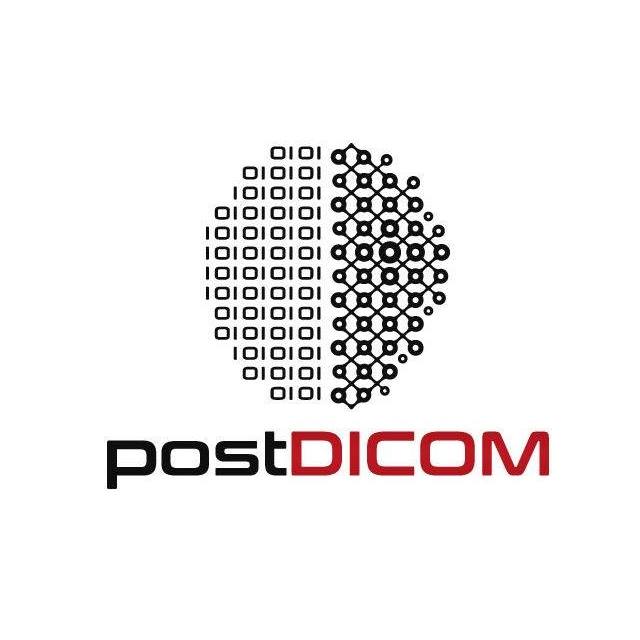Radiology Information System (RIS) (Computers - Software)

Item ID 3693052 in Category: Computers - Software
Radiology Information System (RIS) | |
What is a Radiology Information System (RIS)? RIS is a type of radiology software solution for storing and managing medical imaging data. Just like a hospital information system (HIS), it automates data management, but is adapted specifically for radiology departments. RIS optimizes the imaging process by integrating the various functions involved in managing patient information into one comprehensive system. RIS is a term often used with other terms such as PACS (Picture Archiving and Communications System) to describe a type of medical IT system used within radiology departments. Since it is applied within the same field as PACS and often used in conjunction with it, the question might pose itself – what is RIS exactly and what differentiates it from PACS? While RIS improves workflow and streamlines processes, systems such as PACS provide storage and a long-term option for the management of patient information. PACS also provides features and tools for advanced image manipulation. RIS and PACS, therefore, act as two complementary systems and are integrated in most radiology clinics. Main features of RIS The most common features of an RIS system include: Storing – Stores images obtained from RIS imaging devices and any other relevant patient information on the database. Image Tracking – RIS enables keeping track of images obtained from medical imaging devices and related patient data. Sharing – Enables distribution of medical images and patient data. Collaboration between physicians is facilitated by enabling access to documents to anyone within the computer network when RIS is integrated with a local software solution, or to anyone with internet access when RIS is integrated with a cloud-based solution such as PostDICOM. Patient Management – Significantly facilitates patient management as processes such as patient registration and scheduling are digitized. The amount of time needed for patient registration and organizing schedules is greatly reduced by eliminating the need for paper-based documentation. Booking appointments is made much simpler and much less time-consuming. Patient Tracking – Keeping track of the patient’s treatment through the system is made available. The patient’s complete medical history can be accessed and the patient’s information can be checked for any updates throughout the diagnostic process by logging into the system whenever is necessary. As a result, workflow management is greatly improved. Interactive Documents – RIS systems enable the creation of interactive documents which enhances communication between physicians and facilitates diagnosis. Results Entry and Distribution – Results are reported digitally but functions for paper-based exporting are included. Medical reports can be swiftly and easily emailed or faxed. The RIS system can create statistic reports for specific procedures, individual patients, or patient groups. Procedure Billing – The system can store financial records, process electronic payments, and automate billing. Resource Management – The management of materials is facilitated as information on supply requirements is readily accessible and organized for a more efficient way of managing the budget allocated for supply demand.  | |
| Related Link: Click here to visit item owner's website (0 hit) | |
| Target Prov.: All Provinces Target City : All Cities Last Update : Aug 10, 2023 1:34 AM Number of Views: 57 | Item Owner : Ozcan Oksuz Contact Email: (None) Contact Phone: (None) |
| Friendly reminder: Click here to read some tips. | |
© 2024 CANetAds.com
USNetAds.com | GetJob.us | UKAdsList.com | AUNetAds.com | INNetAds.com | CNNetAds.com | Hot-Web-Ads.com | USAOnlineClassifieds.com
2024-05-04 (0.388 sec)